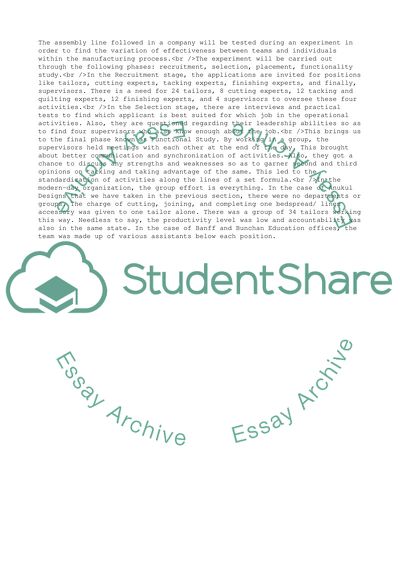Cite this document
(Scientific Management Style: Individuals and Teams Term Paper, n.d.)
Scientific Management Style: Individuals and Teams Term Paper. https://studentshare.org/management/1514220-individuals-and-teams
Scientific Management Style: Individuals and Teams Term Paper. https://studentshare.org/management/1514220-individuals-and-teams
(Scientific Management Style: Individuals and Teams Term Paper)
Scientific Management Style: Individuals and Teams Term Paper. https://studentshare.org/management/1514220-individuals-and-teams.
Scientific Management Style: Individuals and Teams Term Paper. https://studentshare.org/management/1514220-individuals-and-teams.
“Scientific Management Style: Individuals and Teams Term Paper”. https://studentshare.org/management/1514220-individuals-and-teams.


